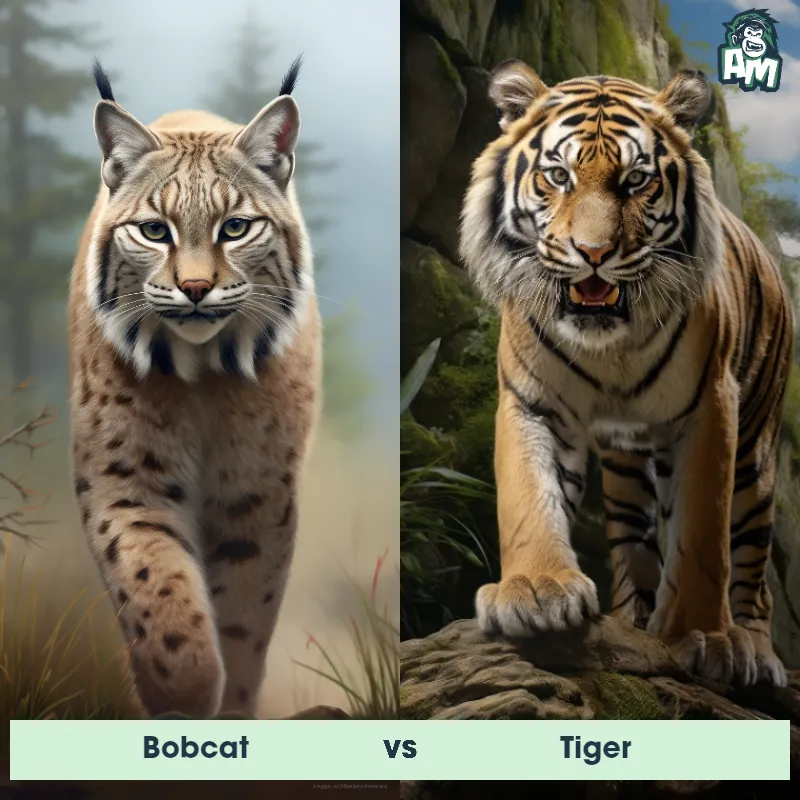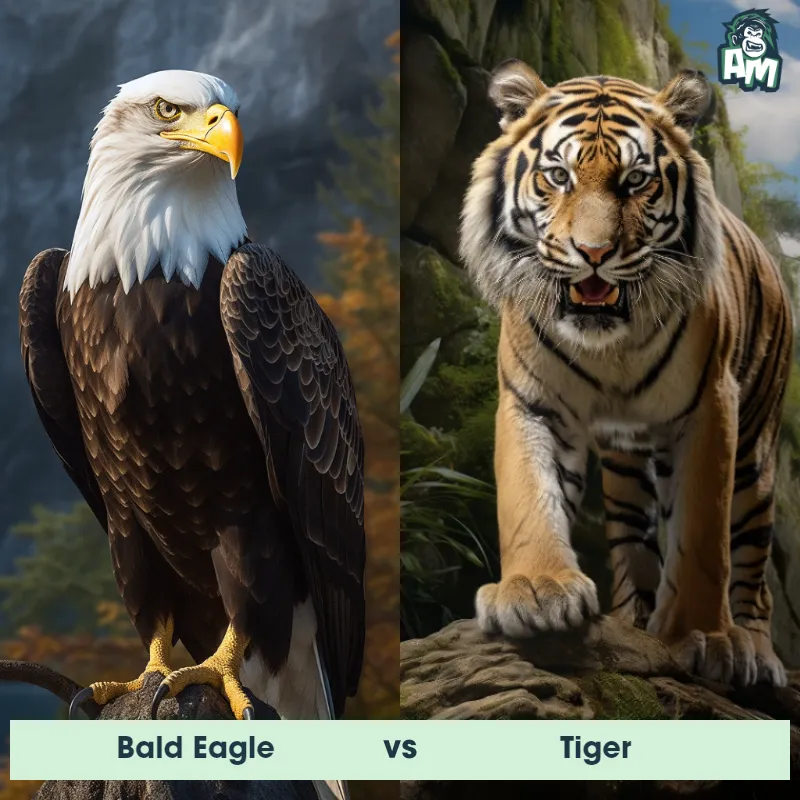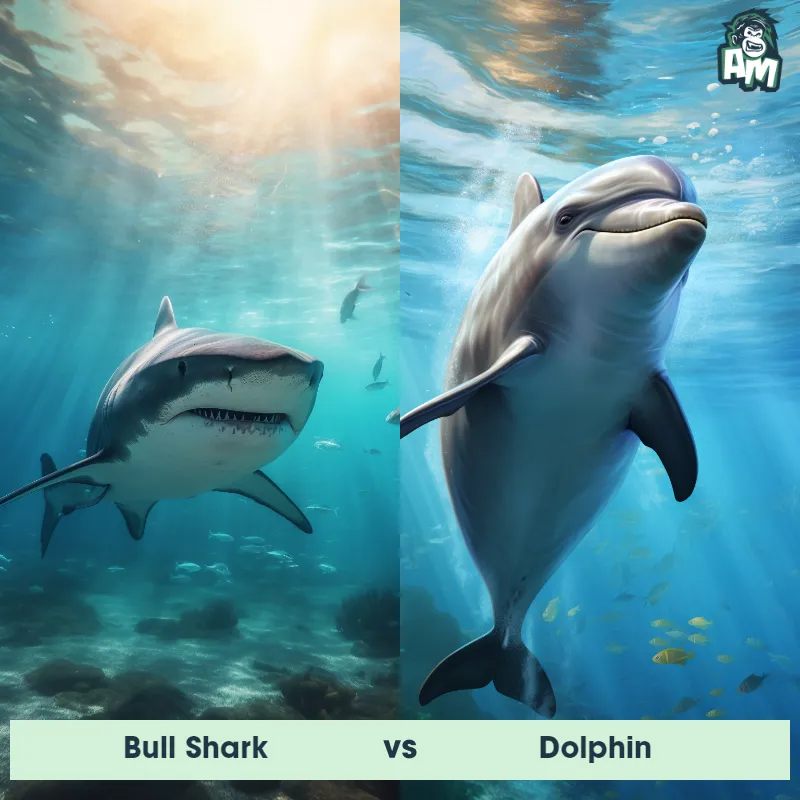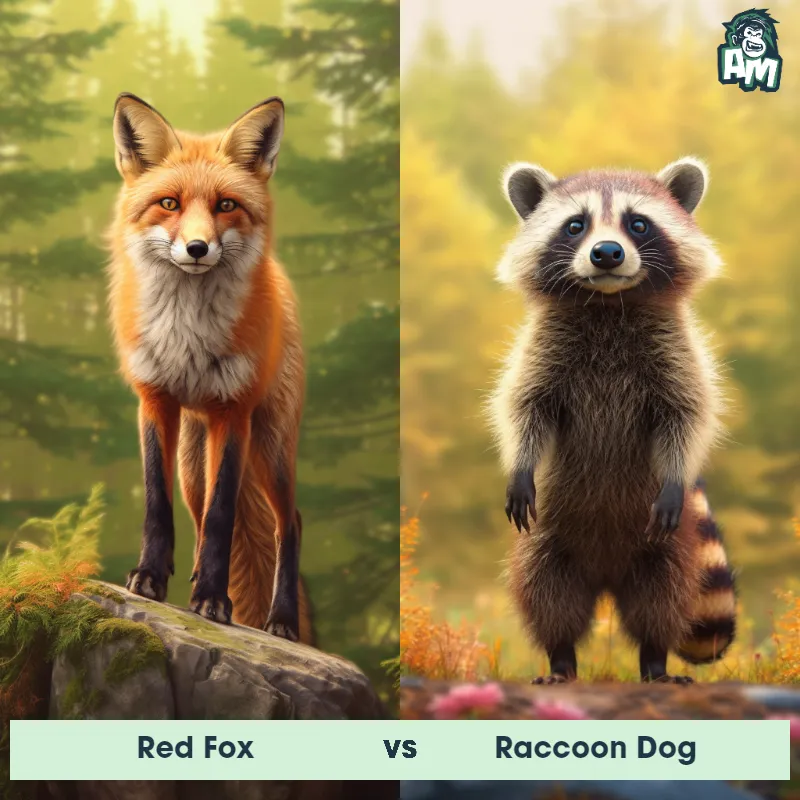Utahraptor vs CarnotaurusSee Who Wins

In one corner, we have the powerful Utahraptor, known for its lethal claws and agility. Across the arena stands the formidable Carnotaurus, boasting speed and brute force, with horns ready to charge. This is a battle of agility versus power, and it promises to be an epic clash of titans.
Contender 1: Utahraptor
The Utahraptor, known for its large size and sharp claws, was a dinosaur that lived during the Early Cretaceous period. It had a long, feathered tail, powerful hind legs for running, and sharp teeth for hunting. This predator could reach lengths of up to 20 feet and had a distinctive sickle-shaped claw on each foot.
Fun Fact: The Utahraptor is believed to have been one of the largest known dromaeosaurid dinosaurs, weighing around 1,100 pounds.
Contender 2: Carnotaurus
The Carnotaurus, also known as the "meat-eating bull," is a large theropod dinosaur known for its distinctive horns above its eyes, giving it a menacing appearance. With a short, deep skull and strong neck muscles, Carnotaurus was a powerful predator with well-developed arms and two-fingered hands. It had a unique shrunk-wrapped skin, a trait that distinguishes it from other dinosaurs.
Fun Fact: Carnotaurus had an unusually small skull compared to its body size, which was adapted for powerful jaw muscles that allowed it to deliver quick and forceful bites.
Matchup Stats
| Utahraptor | Carnotaurus | |
|---|---|---|
| Size | Up to 20 feet (6.1 meters) | About 25 feet long (7.6 meters) |
| Weight | Around 1,100 pounds (500 kilograms) | Around 1 ton (907 kilograms) |
| Speed | 25-40 mph (40-64 km/h) | 30mph (48km/h) - 35mph (56km/h) |
| Key Strength | Speed and agility | Powerful bite force |
| Biggest Weakness | Vulnerable chest area | Short arms |
Current Votes
Utahraptor vs Carnotaurus
See Who Wins
View More Matches
Looking For More?
Similar Matches
Scientific Stats
| Utahraptor | Carnotaurus | |
|---|---|---|
| Scientific Name | Utahraptor ostrommaysi | Carnotaurus sastrei |
| Family | Dromaeosauridae | Abelisauridae |
| Habitat | Forests and plains | Land |
| Geography | North America | South America |
| Diet | Carnivorous | Carnivorous |
| Lifespan | 10 years - 15 years | 20 years - 25 years |
Key Differences between Utahraptor and Carnotaurus
- Posture: Utahraptor maintained a horizontal, bird-like posture with its tail held out for balance, in contrast to Carnotaurus, which had a more upright stance due to its short neck and high shoulder build.
- Size: Utahraptor was generally larger, reaching lengths of up to 23 feet, whereas Carnotaurus reached about 25 feet, but Utahraptor was more robust in body structure.
- Head Structure: Utahraptor had a more typical Dromaeosaurid skull with a relatively large head and a long, slightly curved snout, while Carnotaurus had a shorter, blunt snout and unique horns above its eyes.
- Arm Length: Utahraptor had relatively long, muscular arms with large, clawed hands, contrasting with Carnotaurus, which had very short, almost vestigial arms.
- Leg Structure: Utahraptor had powerful, muscular legs designed for speed and agility, while Carnotaurus had longer, thinner legs that suggested it was adapted for running.
- Body Armor: Utahraptor did not possess any form of body armor, whereas Carnotaurus had rows of bumpy, osteoderm plates along its back.












